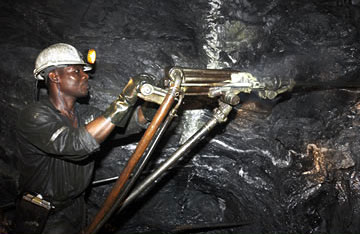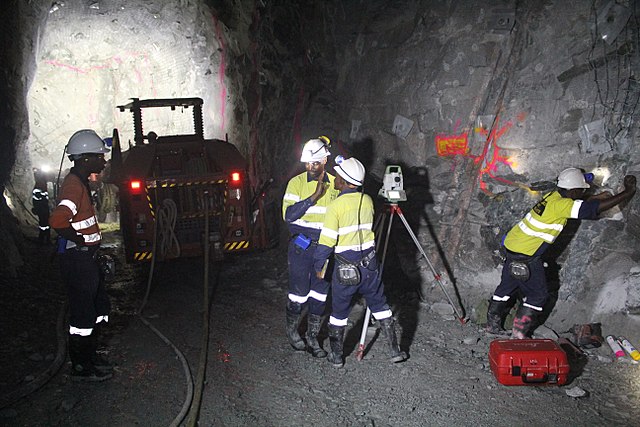Drill and Blast Services
Blasting is an essential part of the mining cycle. In virtually all forms of mining, rock is broken by drilling and blasting so that a predetermined volume of material is broken. From the earliest days of blasting with black powder, there have been steady developments in explosives, detonating and delaying techniques and in the understanding of the mechanics of rock breakage by explosives. Good blast design and execution are essential to successful mining operations. Improper or poor practices in blasting can have a severely negative impact on the economics of a mine.
The use of excessive explosives at a mine site can result in damages to the rock structures and cause unwanted caving and large increases in support costs.
Blasting is used in both open pit and underground mining operations. While traditional blasting utilized black powder and dynamite, there are many different types of explosives used today. Common explosives used in industry now are ANFO (ammonium nitrate/fuel oil), slurries, and emulsions. Many factors are taken into account when determining what type of blast design or explosive will be used. Rock type, density, and strength are all important factors, as well as fracture condition of the rock, and water conditions.
BLASTING IN SURFACE MINES
Most rocks require blasting prior to excavation in surface mines. Usually four types of explosives are used in surface mining: slurries, dry mixes, emulsions and the hybrid heavy ANFO. Selection of explosives depends on many factors,which primarily includes critical diameter, hydrostatic pressure, temperature, minimum primer weight, density weight strength, bulk strength, gap sensitivity, water resistance, loading procedures, coupling or decoupled properties, shelf life, reliability for bulk operations and overall drilling and blasting economics.
BLASTING IN UNDERGROUND MINES
Most of the mining methods underground uses blasting as the primary method of rock excavation.Underground Blasting provides a good overview for a wide variety underground blast designs.
A typical arrangement for blasting in VCR methods of mining is CONTROLLED BLASTING
Controlled blasting is a technique of blasting for the purpose to reduce the amount of overbreak and to control the ground vibrations. Following are the different types of controlled blasting techniques:
Pre-Splitting – this is an old but highly recognized technique with the purpose to form a fracture plane beyond which the radial cracks from blasting cannot travel. Other methods include Trim (Cushion) Blasting, Smooth blasting (contour or perimeter blasting) for underground mines and muffle blasting as a solution to prevent fly-rock from damaging human habitants and structures.
SECONDARY BLASTING
respective of the method of primary blasting employed, it may be necessary to reblast a proportion of the rock on the quarry floor so as to reduce it to a size suitable for handling by the excavators and crushers available.Two methods of secondary blasting of rock are available.
NON-EXPLOSIVES ROCK BREAKING
Non-explosives are used in areas very closed to sensitive structures. These are mostly used in construction industry for breaking oversize rocks, concrete etc. Rockfrac and Dexpan produce expansion chemicals which are used to break rocks.



.png)